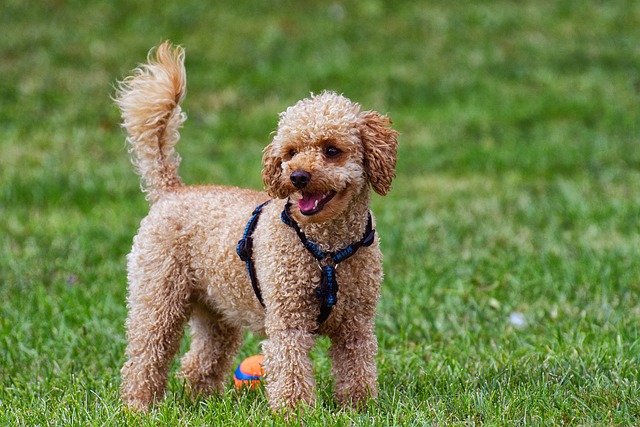
What is glaucoma in a dog?
You might notice your dog squinting more at mealtime or avoiding bright sunlight—these small changes could be early signs of a serious eye condition.
Bringing home a new dog—whether a wiggly puppy or a calm adult—feels exciting, but it’s easy to feel lost about where to start. Taking care of a dog isn’t about perfection; it’s about building a consistent routine that meets their physical, emotional, and safety needs. By breaking it down into simple steps, you’ll turn overwhelm into confidence, and build a strong bond with your pup along the way.
First, set up a safe, comfortable space for your dog to settle in. Choose a quiet corner (away from busy doorways or loud TVs) with a washable bed, food and water bowls (stainless steel is easiest to clean), and a few toys (a chew toy like a Kong and a soft plush work well). This “safe zone” reduces anxiety because dogs thrive on predictability—they need a place to retreat when they feel overwhelmed. For apartment dwellers, add pee pads near the door during potty training, and keep cords or small objects tucked away to prevent chewing hazards. Never use the crate as punishment; it should be a cozy spot, not a jail, to follow U.S. animal welfare norms.

Next, establish daily care routines. Feed your dog a high-quality food tailored to their age (puppy, adult) and size—follow the bag’s portion guide, and feed at the same times daily (twice a day for adults, 3–4 times for puppies). Take them outside immediately after meals, naps, and playtime for potty breaks—praise them enthusiastically (“Good potty!”) when they go outside to reinforce the behavior. Always carry biodegradable poop bags; failing to clean up can result in $100–$500 fines in cities like New York or Chicago. For exercise, aim for 30 minutes of daily walks (more for high-energy breeds like labs), and use treats for gentle training—teach “sit” by holding a treat above their head, and reward when their bottom hits the floor. Never yell or hit; positive reinforcement builds trust far better than punishment.
Finally, prioritize health and compliance. Schedule a vet visit within the first week to get core vaccines (distemper, parvovirus) and rabies shots—rabies is mandatory in all U.S. states, and proof of vaccination may be required for apartment leases. Brush your dog’s coat weekly (more for long-haired breeds) to prevent matting, and trim nails monthly to avoid pain. When walking in communal areas, keep your dog on a 6-foot leash (required by most local laws) and give other dogs and pedestrians space. With consistency and patience, these steps will turn you into a confident dog owner—and give your pup a happy, healthy life.

You might notice your dog squinting more at mealtime or avoiding bright sunlight—these small changes could be early signs of a serious eye condition.

Let’s set the scene: It’s a sweltering Phoenix afternoon—105°F outside—and you rushed your 2-year-old Lab mix, Cooper, on a quick walk to “get it over with.”

Let’s get real: You’re in your Miami apartment, watching your 3-year-old Corgi, Loki, struggle to climb the stairs to your second-floor unit.

Many dog owners brush off occasional scratching as just “dog behavior,” but persistent itching often signals something more—like a food allergy.

You might first notice your dog scratching more than usual—chewing at their paws until the fur looks thin, or rubbing their face against the couch nonstop.

Let’s be real: You’re standing in your Chicago apartment, watching your 3-year-old Beagle, Max, huff and puff just to climb onto the couch.